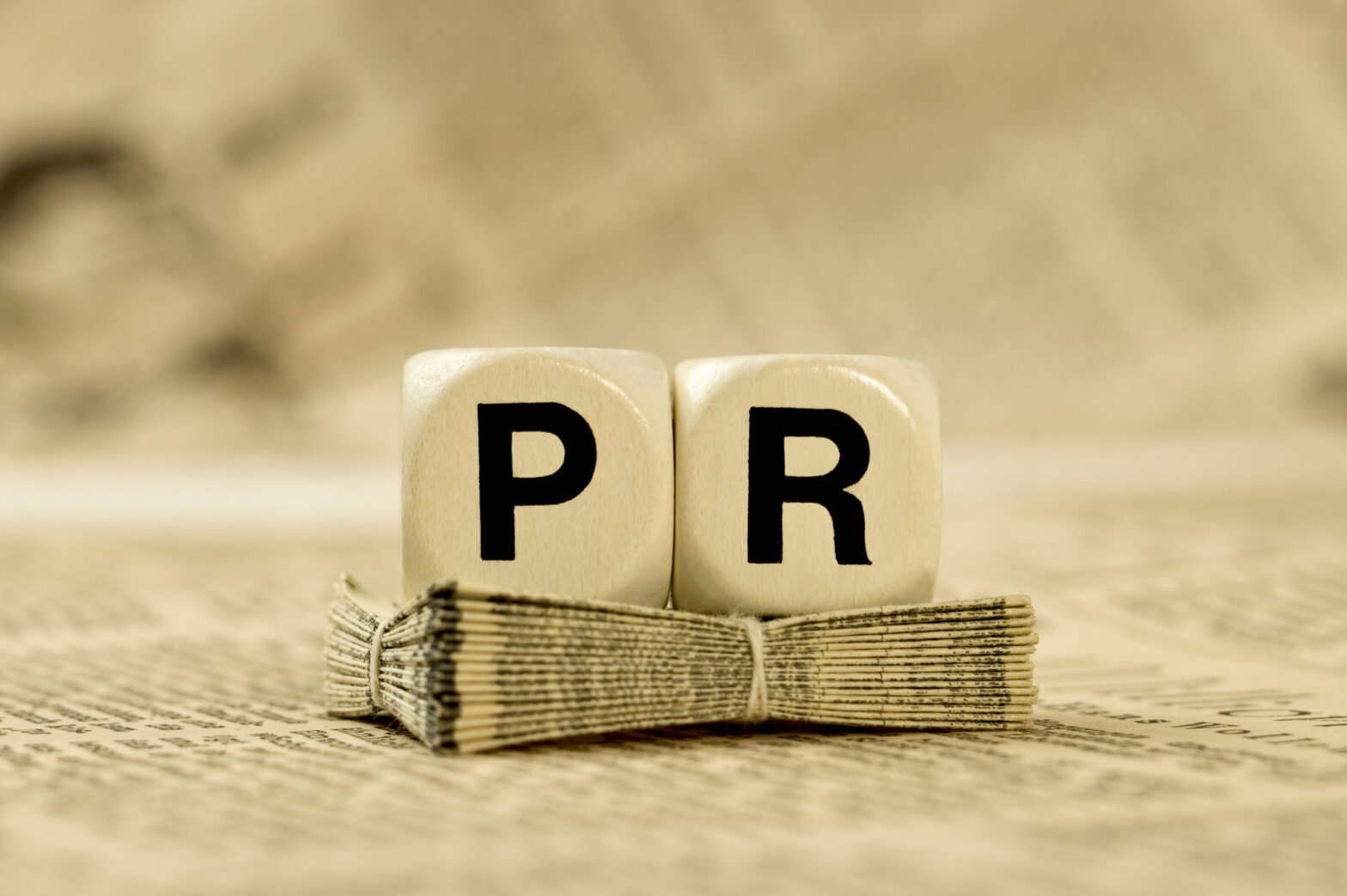No matter how small or quiet your business, no one is immune to a PR crisis.
With Twitter and social media a regular source of news and a collective outlet for protest and idea-sharing for many millions of people, one foot wrong can lead to a flurry of negative voices that impact a company’s reputation for years – sometimes decades – to come.
When a situation is threatening to boil over, the right attitude and a sensitive approach can persuade a crisis to simmer down. Make the wrong move, however, and you face an unprecedented escalation, as experienced in dramatic form even by some of the most established companies.
A quick response can calm the storm
When acting in the public eye, there’s nothing worse than looking to a company to do the right thing and hearing crickets.
A general rule to follow is the faster you react, the better your business can control the conversation and temper any upset. The most accepted way to do this is to release a public statement, perhaps using your social media channels – customers can see that you are aware of a situation and it buys you time if you need to explain that you can’t comment too much until, for example, a full investigation has taken place.
A great example of not moving quickly enough is the recent Pepsi advert PR scandal, which was criticised for appearing to make light of serious social issues. Critics called it tone-deaf and it received international backlash as soon as it was released.
One might think that a company as heavyweight as Pepsi would have tried to rectify the situation immediately, but it took more than 48 hours for them to pull the ad, which had nearly 1.6 million views and an overwhelming amount of negative critique.
Have you prepared for PR disaster?
One way to get a jump on the situation as quickly as reasonably possible is to have a recovery plan in your back pocket – your on-hand guide to help manage any crisis when you’re in the heat of the moment, pre-approved by all relevant stakeholders.
This could be crafting a blanket statement or press release that can be customised and distributed in a pinch, or making an easily-accessible contacts sheet in case you need to bulk-contact employees out of office hours.
You could also consider communicating a media plan with your employees – if any of them were to be contacted by a member of the press, what should they say, or whose information should they pass on to direct any media enquiries to the right place?
Be careful of insincerity
When communicating with a sceptical, displeased or angry audience, their radar for inauthentic apologies will be incredibly sensitive. A convoluted explanation will ring alarms as it feels like excuses are being made, instead of getting straight to the point with a heartfelt apology.
Some companies are reluctant to lead with an apology as they don’t want to be seen as accepting blame. If there is anger or upset, an upfront apology is the best way to let them know you understand how they’ve been affected.
Be honest, humble and be upfront.
Internal comms can quickly turn to external scrutiny
It’s a safe rule to abide by all year round, but particularly in times of high stress or uncertainty, err on the side of caution by assuming that any internal communications will be seen externally.
This is something that United airlines forgot. The violent removal of a passenger from an overbooked plane blew up when the footage spread online. Little to no comment arose from the company themselves, but an email sent to all employees was leaked – worsening the situation by appearing to pass the blame to the passenger involved.
It caused a furious reaction in the public sphere, followed by airport protests and share prices tumbling. Once again, here was needed a very fast apology, which only came several days later when it was considered far too late.
Size really doesn’t matter
Remember – size of business does not necessarily correlate with the size of the media storm you can end up in.
We’re all humans and we all make mistakes (whether we like to admit it or not!), but in the age of digital media, mistakes can be easily thrown into the limelight and the resulting coverage can grow exponentially – no matter how small or large your company is.
Take the case of Massachusetts-based swimwear designer, Dana Duggan. One negative comment she wrote on Instagram, about comedian Amy Schumer, blew up online when fans picked up on the comment. Within hours she was forced to close off her small business’ social media pages and website after being bombarded with negative attention. And, as we all know, losing a reputation takes a lot less time than building one.
Learn from the PR mistakes of others
Basing your own protocol for handling a PR issue on other businesses can be difficult for a number of reasons, but it can be important to work out what other companies did and didn’t do properly during their own disasters.
Twitter and social platforms can often be seen as a tempest in a teacup because of the very nature of ‘anonymous trolling’ and the general aura of group thinking online. Do not underestimate this power though. A few negative comments can very quickly turn into a thunderstorm of hatred and when it rains, it pours.
There are plenty of examples to be found where business leaders have come across as insincere, not reacted fast enough or said the wrong things to the public; those companies have experienced loss of sales, significant drop in stock and even had to close down due to public pressure and boycotting.
Do your research and plan accordingly and you should be able to weather the storm.












